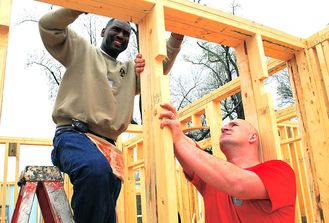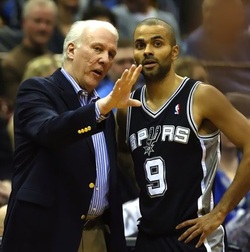
Bonsall’s daughters donated relics from his Arctic expedition to the U. S. National Museum. Today the National Museum of American History preserves some of these relics. It was my good fortune to examine several of these artifacts as I continue my study of Amos Bonsall.
My take-away for today: Perseverance. How hard it is to continue on toward an objective when it seems the environment is against you? Only a few years ago many were questioning the iPad, why would anyone want one? Today I held objects from an adventure 150 years ago, an adventure from which not all crew members returned. Disease, numbing cold, hunger. A ship trapped in ice. I held a rifle and a knife, tools for food and protection. And I held medals awarded to Americans by a British queen who honored the exploration. Amos Bonsall persevered. He pushed through. He helped others survive. In spite of great odds. When the challenge before you seems insurmountable, perhaps it is time to dig deeper, to try to beat the odds, to be sustained by thinking of those who have persevered.
I stood in a grocery line yesterday with just a few items. No lane was open for 12 items or less. I asked a cashier and a lane was opened. A young woman and I moved to the new lane. “Actually I don’t mind standing, “ she said. “Three years ago I was in an accident. I was told I would never walk again. Here I am.” She paid for her items and walked out the door.
Image, © John Ballard, 2012





 RSS Feed
RSS Feed